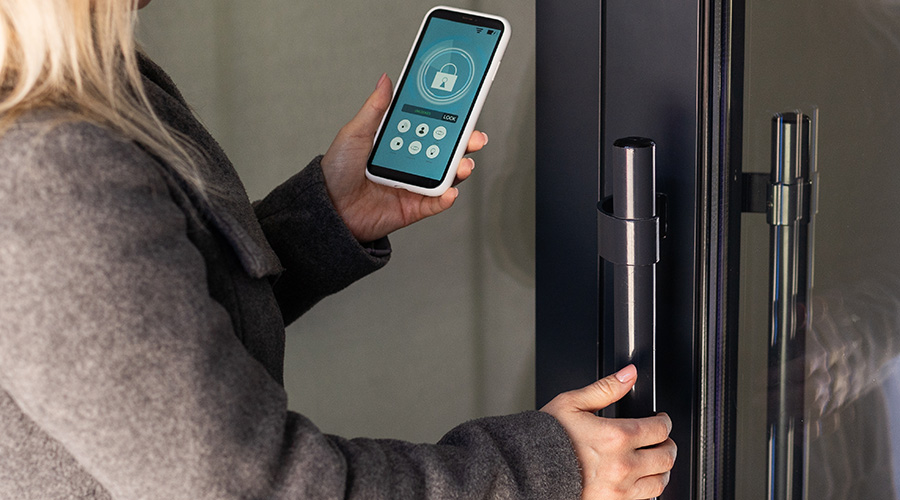Security: IP-Based, Digital Cameras Streamline Retrofit
Surveillance and monitoring technology has come a long way from the days of VCRs and fast forwarding and rewinding to analyze facility activities. The hospital converted existing analog cameras to digital, and being able to use the existing cameras ensured the hospital would not be without security for long periods during the upgrade.
"Using IP cameras, I can pretty much now go to any area where we have IP access, and I can throw in a camera, plain and simple," Doyle says. "In the old days, if I had to put a camera in somewhere, I had to run 400 feet of coaxial cable back to a VCR connected to a monitor. As long as I can get an IP address, I can pretty much put a camera anywhere I want."
The new cameras provide security personnel with advanced capabilities related to storing, viewing and analyzing archived video data.
"It makes it 100 percent easier," Doyle says. "Now it's just a matter of walking up to any computer and bringing up the cameras."
The new cameras also make monitoring a more streamlined process for the dispatcher in the central operations center.
"A lot of times we have our cameras on motion detectors," Doyle says. "The camera is not recording until there's motion in the area. If you're in the control room, it makes it easier.
"Trying to monitor all these cameras is a pain. If you put 200 cameras on motion (detection), the only time something's going to pop up on your screen is if somebody is in the area."
The central operations center has put more responsibility than ever in the hands of the dispatcher, who is not only responsible for security monitoring but also for making sure he directs facility-related inquiries, such as hot-cold calls, to the proper personnel.
"We worked very closely with (the vendor) to develop a program for our people to be trained," Nowlan says. "We've even taken it one step further now and created an orientation and specific job functions for those that work in the control center. They've gone from being phone-answering people to (information technology) technicians, as it relates to managing electronic systems."
Creating the central operations center was the first step in the hospital's efforts to become an internal 911 call center, and Nowlan, Doyle, and their team will continue working to ensure Miami Children's Hospital is prepared for any challenge that might arise.
Says Nowlan: "Whether it's a breach in security or whether there's a hurricane barreling down your neck, it's how well prepared you are. We take that very seriously at Miami Children's."
Related Topics:













